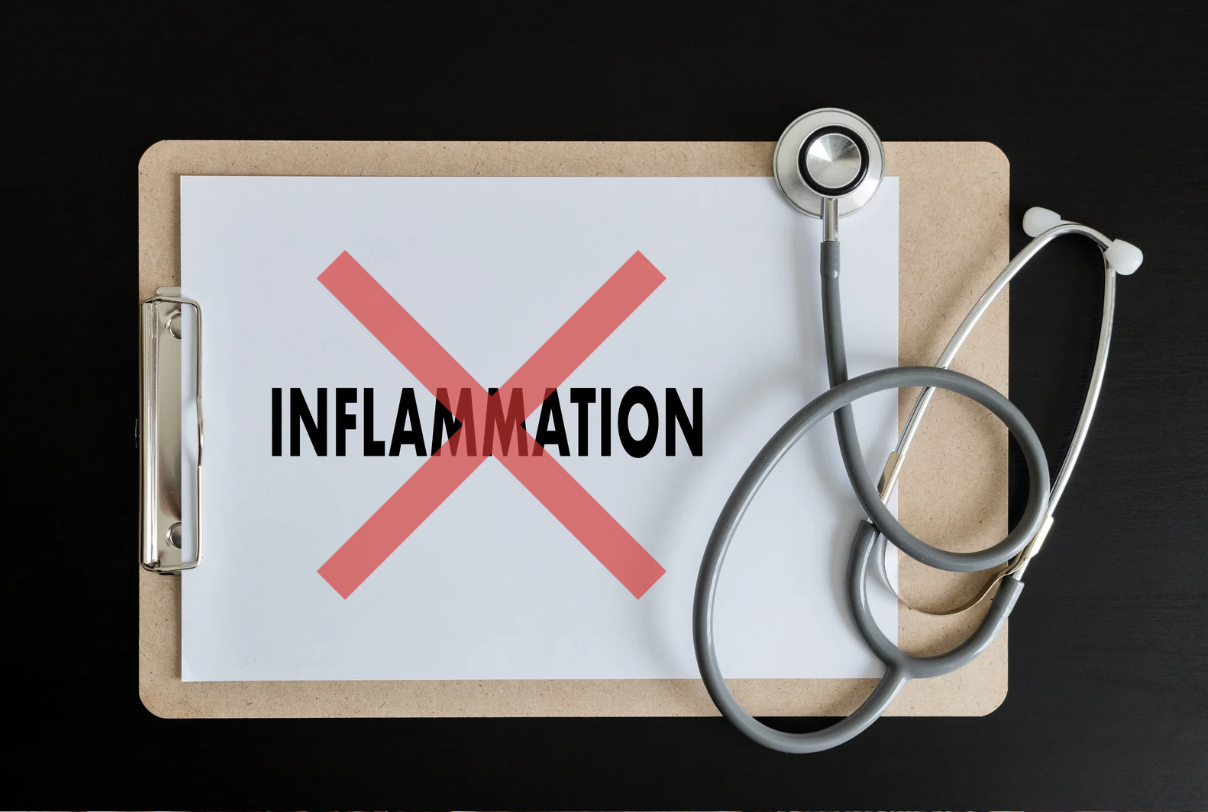Anti-Inflammatory Nutrition
 Basic Health Prescription: Reduce Inflammatory Foods, Prioritize Anti-Inflammatory Choices
Basic Health Prescription: Reduce Inflammatory Foods, Prioritize Anti-Inflammatory Choices
Goal: Eat more anti-inflammatory foods and reduce intake of pro-inflammatory foods
Why This Matters
Chronic inflammation plays a role in fatigue, joint pain, slow recovery, digestive issues, brain fog, and long-term health risks like heart disease, diabetes, and autoimmune conditions.
The good news? Research shows food is a powerful tool to reduce inflammation. Certain foods can fight inflammation at the cellular level, while others trigger it and prolong the stress response in the body.
Recommended Action Steps
1. Build a Colorful, Plant-Rich Plate
Eat a variety of fruits, vegetables, herbs, and spices.
Why: Rich in antioxidants and polyphenols that neutralize inflammation.
Top Choices:
- Leafy greens (spinach, kale, arugula)
- Berries (blueberries, raspberries, blackberries)
- Cruciferous vegetables (broccoli, cauliflower)
- Colorful veggies (peppers, beets, sweet potatoes)
- Herbs/spices: turmeric, ginger, garlic, cinnamon
2. Prioritize Omega-3 Fats
Include foods high in omega-3 fatty acids.
Why: Omega-3s lower inflammatory markers and support joint, brain, and heart health.
Best Sources:
- Fatty fish (wild-caught salmon, sardines, mackerel)
- Chia seeds, flaxseeds, walnuts
- Algae-based supplements (for plant-based diets)
3. Limit Ultra-Processed and Pro-Inflammatory Foods
Avoid heavily processed items and inflammatory additives.
Why: Refined sugars, seed oils, and additives increase inflammation and oxidative stress.
Foods to Minimize:
- Processed meats (deli meats, sausage, bacon)
- Refined carbs (white bread, pastries, chips)
- Added sugars (sodas, candy, sugary cereals)
- Industrial seed oils (soybean oil, corn oil, canola, sunflower oil)
- Artificial ingredients, flavor enhancers, and preservatives
4. Choose Healthy Fats and Quality Proteins
Support tissue repair and hormonal balance with whole food sources.
Why: Fats and proteins from clean sources reduce inflammation and improve recovery.
Examples:
- Avocados, extra virgin olive oil
- Grass-fed beef, pasture-raised poultry
- Free-range eggs, wild-caught fish
- Legumes, lentils, tofu (organic when possible)
5. Support Gut Health
Eat fiber-rich and fermented foods to fuel beneficial bacteria.
Why: A balanced gut microbiome can reduce inflammation and improve immune response.
Key Foods:
- Fiber: oats, legumes, leafy greens
- Fermented: sauerkraut, kefir, kimchi, unsweetened yogurt, kombucha
6. Hydrate and Avoid Liquid Inflammation
Stay hydrated and reduce sugar-laden drinks.
Why: Hydration helps clear toxins; sugary drinks spike inflammation.
Drink More:
- Water, herbal teas, mineral water, diluted fruit-infused water
Avoid or Limit: - Sodas, sweetened teas, energy drinks, excess alcohol
Next Step
Over the next 7 days, aim to:
- Add 2+ servings of colorful veggies per day
- Include omega-3s at least 3 times this week
- Replace 1 processed snack or drink with a whole-food option daily
Daily Food Log (7-Day Tracker)
| Day | Anti-Inflammatory Foods Eaten | Inflammatory Foods Avoided | Omega-3s Included? (Y/N) | Veggies (2+ servings)? | Notes (Mood, Energy, Pain) |
| Day 1 | |||||
| Day 2 | |||||
| Day 3 | |||||
| Day 4 | |||||
| Day 5 | |||||
| Day 6 | |||||
| Day 7 |


